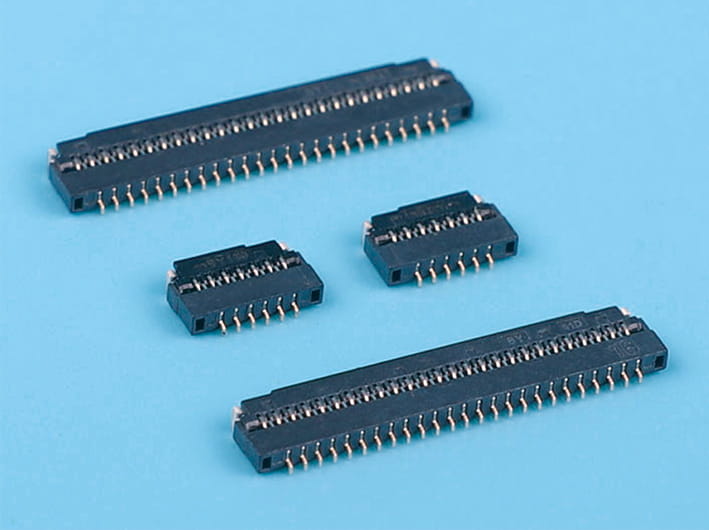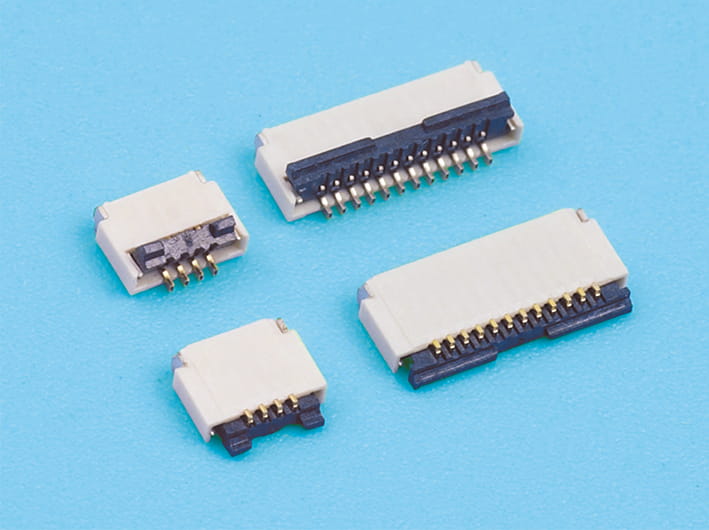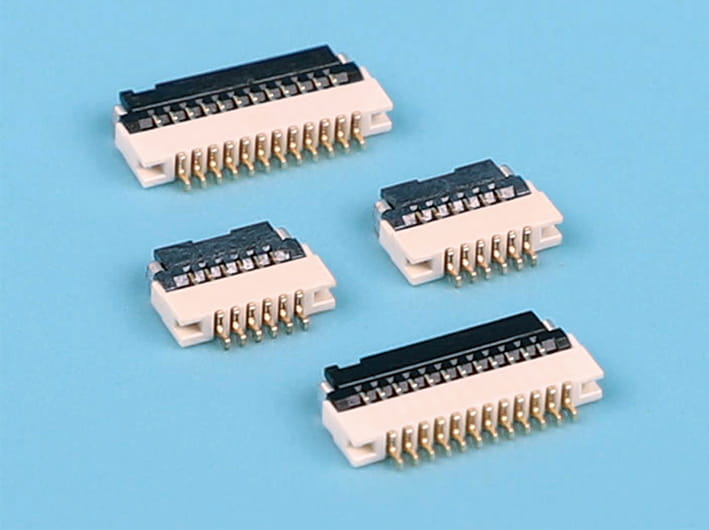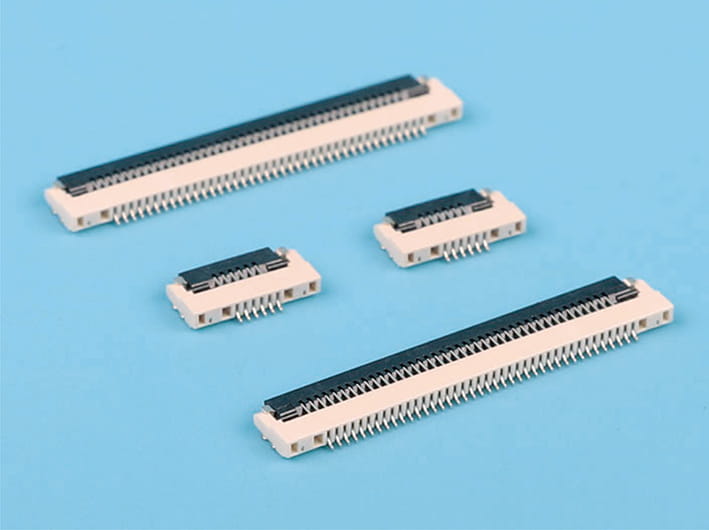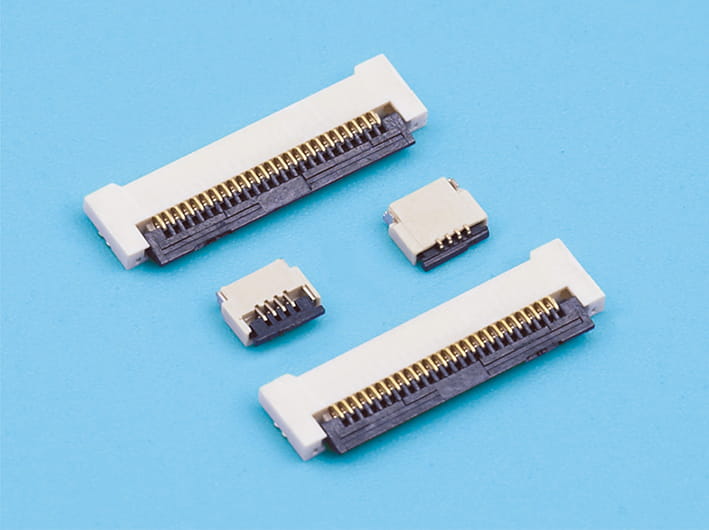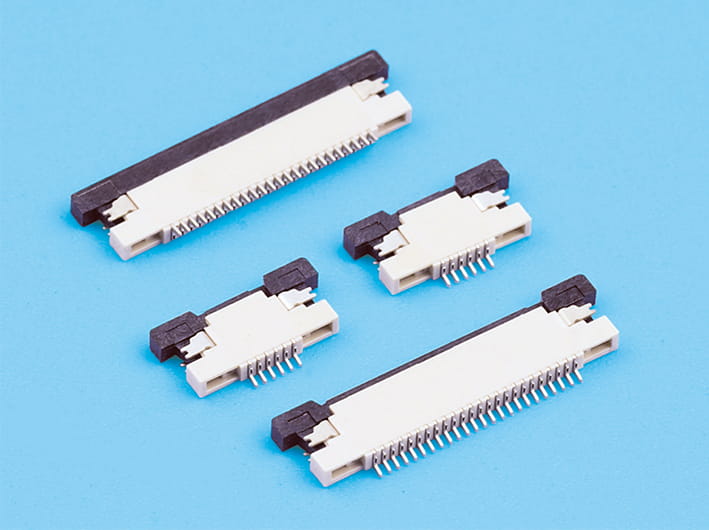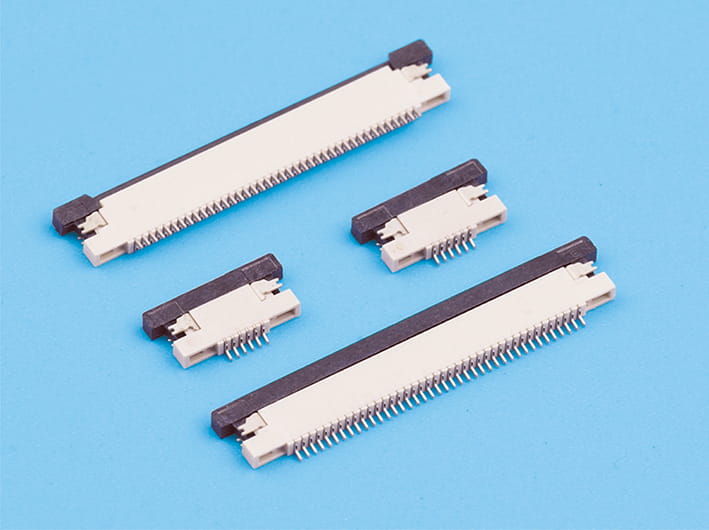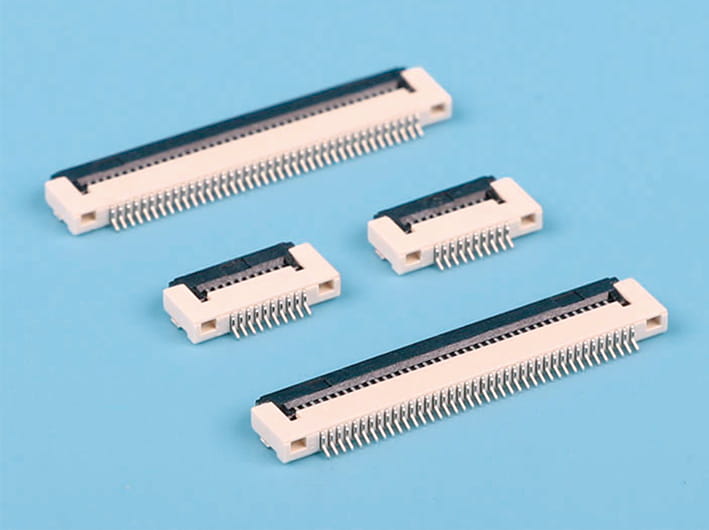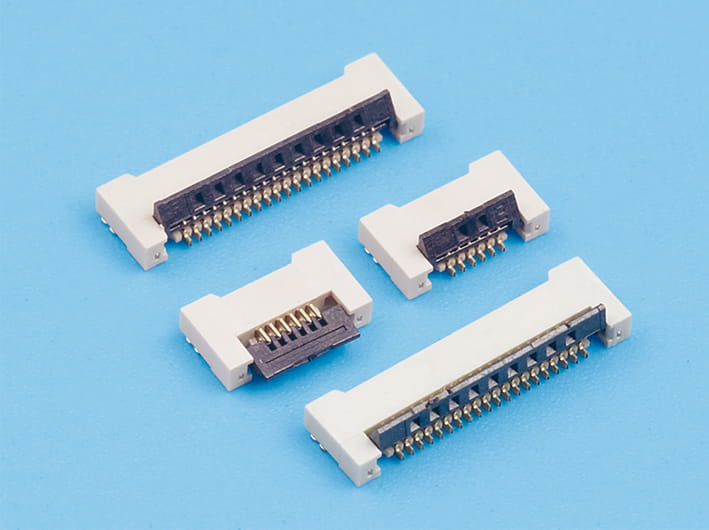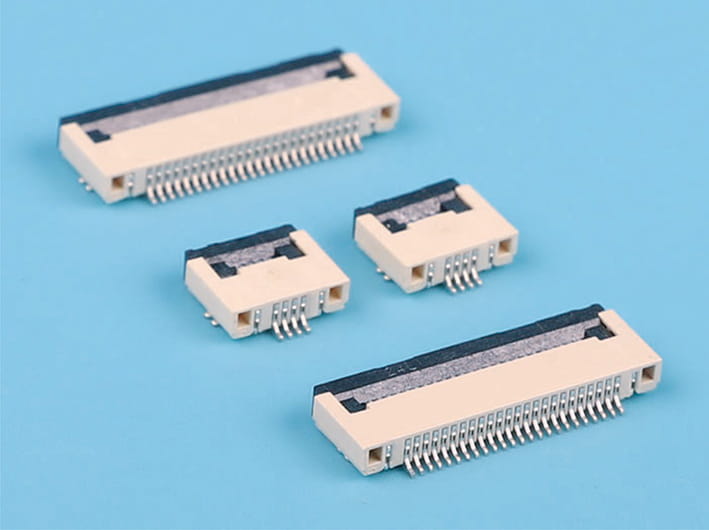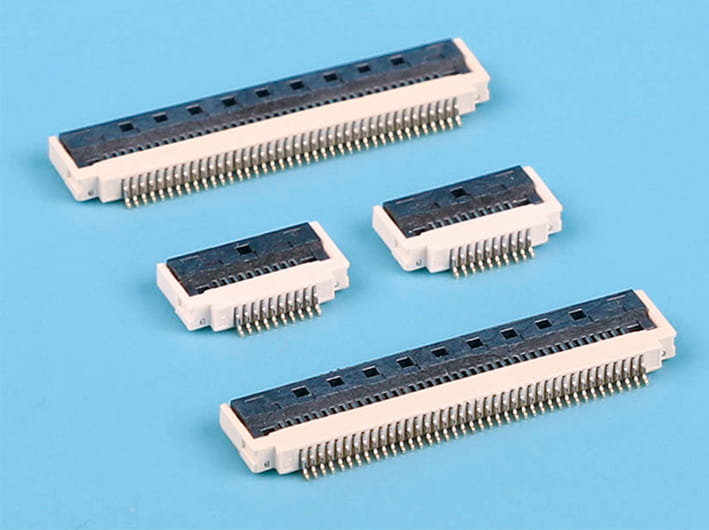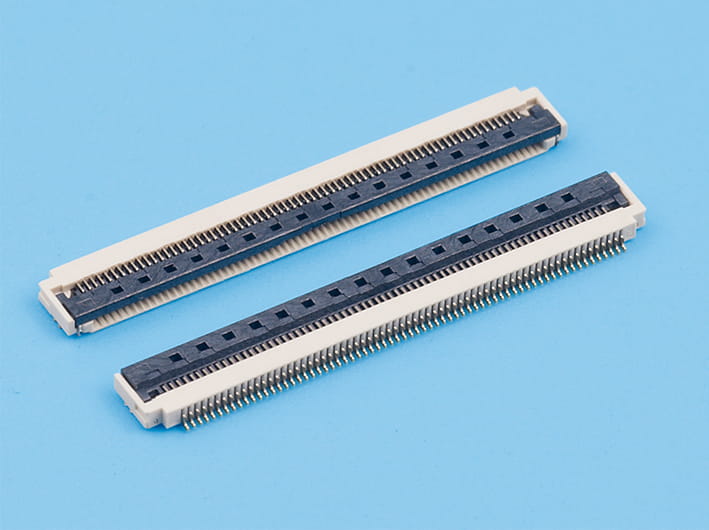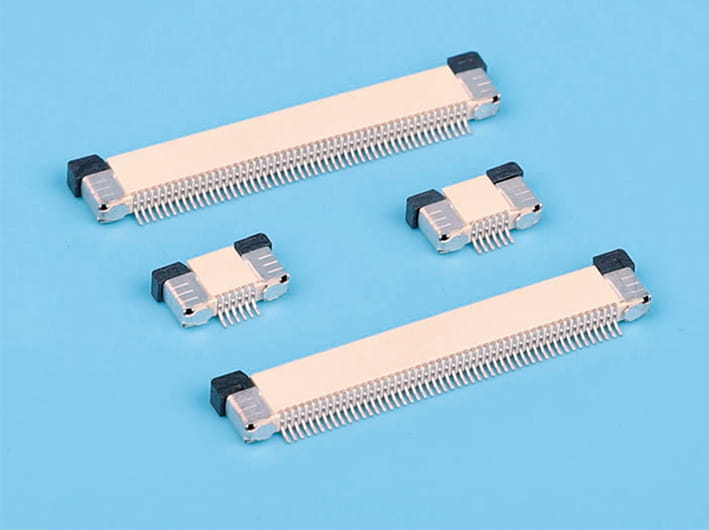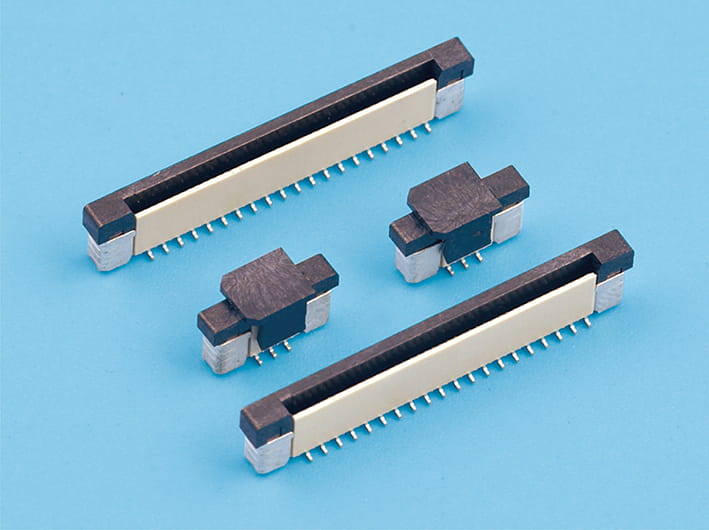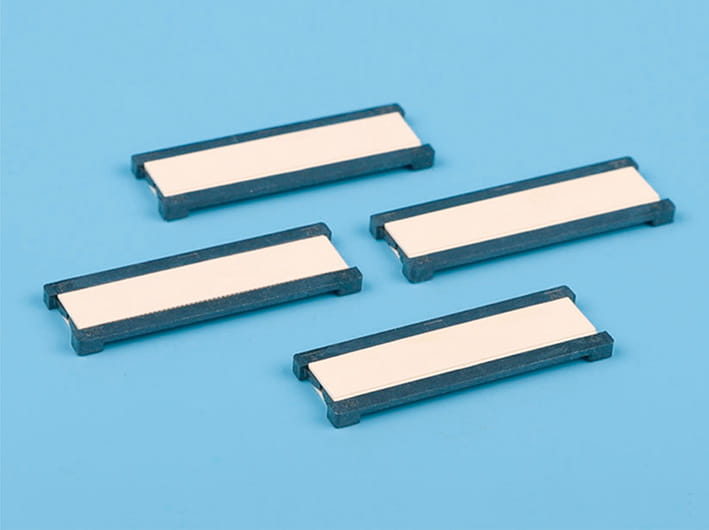Moisture Resistance and Aging of FFC Ribbon Cable in Humid and Hot Environments
Introduction to Environmental Challenges for FFC Ribbon Cable
FFC Ribbon Cable is widely used in electronic devices due to its flexibility and compact form factor. However, its performance and longevity can be affected by exposure to harsh environments, particularly those characterized by high humidity and elevated temperatures. Moisture ingress and thermal stress can accelerate degradation processes, potentially compromising electrical performance and mechanical integrity. Understanding how FFC Ribbon Cable behaves under these conditions is essential for designing reliable systems in automotive, industrial, and consumer electronics applications.
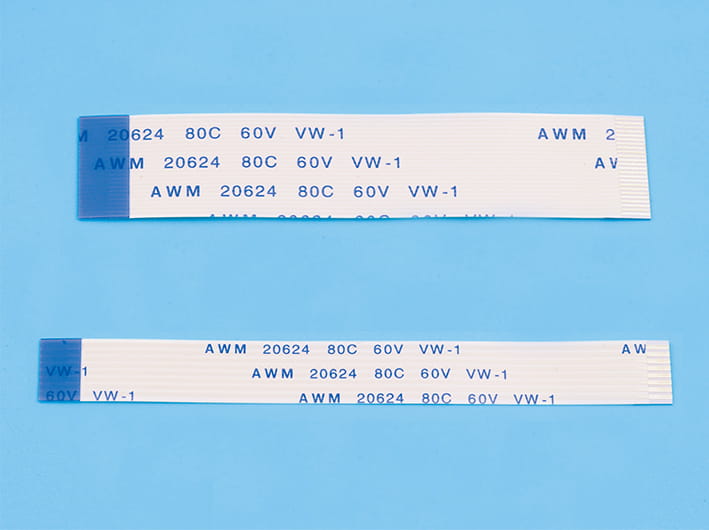
Moisture Absorption and Its Impact
The primary risk for FFC Ribbon Cable in humid environments is moisture absorption by the insulating materials. Most FFC cables utilize polyester or polyimide films as insulators, which possess varying degrees of moisture permeability. When exposed to high relative humidity or direct condensation, water molecules can diffuse into the cable structure. This moisture uptake may cause swelling, plasticization, or reduced dielectric strength of the insulating layers. Increased moisture content also promotes surface leakage currents and potential short circuits, thereby degrading the cable’s electrical reliability.
Thermal Effects Accelerating Aging
Elevated temperatures typical of many industrial or automotive environments can exacerbate moisture-related degradation. Heat increases molecular mobility within the polymer insulation, allowing moisture to penetrate more rapidly and intensify chemical reactions that cause aging. Thermal cycling, where the cable experiences repeated temperature fluctuations, can induce mechanical stresses, causing microcracks in the insulation or conductor layers. Over time, these microstructural changes reduce the mechanical flexibility and may cause intermittent electrical failures or open circuits.
Material Selection and Protective Measures
To improve resistance against moisture and thermal aging, manufacturers often select high-performance materials for FFC Ribbon Cable construction. Polyimide-based cables generally offer good thermal stability and lower moisture absorption compared to polyester films. Additionally, specialized coatings or barrier layers can be applied to restrict moisture ingress. Encapsulation or potting compounds may be used in critical applications to provide an additional protective shield. Choosing appropriate materials and protective treatments is vital for maintaining cable performance in challenging environments.
Design Considerations for Enhanced Durability
Designing an FFC Ribbon Cable system for humid and hot conditions requires attention to connector sealing and cable routing. Connectors should incorporate seals or gaskets to prevent moisture entry at mating interfaces, which are often the vulnerable points. Routing cables away from direct heat sources and allowing for sufficient ventilation can reduce thermal stress. Proper strain relief reduces mechanical fatigue that could compound aging effects. These design strategies collectively extend the operational lifespan of the cable under adverse environmental conditions.
Conclusion: Ensuring Reliable Use of FFC Ribbon Cable in Harsh Conditions
In conclusion, FFC Ribbon Cable is susceptible to moisture absorption and accelerated aging when exposed to humid and high-temperature environments. The extent of degradation depends on material choices, protective measures, and system design. By selecting high-quality insulating materials, implementing effective sealing, and adhering to rigorous testing protocols, engineers can mitigate the risks of moisture ingress and thermal damage. These efforts ensure that FFC Ribbon Cable maintains electrical integrity and mechanical flexibility, providing reliable service even in demanding environmental conditions.



 English
English 中文简体
中文简体 Español
Español عربى
عربى